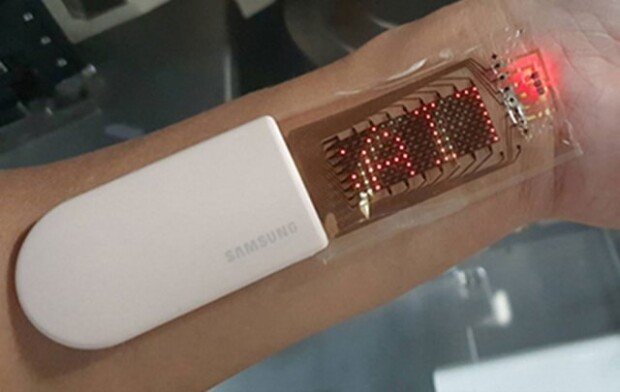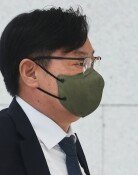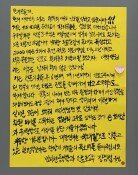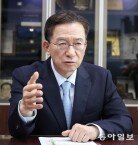Samsung develops new OLED display stretches
Samsung develops new OLED display stretches
Posted June. 07, 2021 07:20,
Updated June. 07, 2021 07:20

Samsung Electronics announced a new OLED display that is attachable to skin and stretches according to bodily movement, saying that this new product ensures quality performance even if it stretches a thousand times and stays attached during daily activities such as sleep and exercise. It will have many uses being part of wearables for health care in that it can measure bio signals.
The Samsung Advanced Institute of Technology (SAIT) on Friday (local time) released a thesis titled “Standalone real-time health monitoring patch based on a stretchable organic optoelectronic system,” in the global academic journal “Science Advances,” said Samsung Electronics on Sunday. The topic of this study is to develop stretchable sensors and OLED displays that are attached to the human skin and operate with their performance intact although stretching flexibly according to how the human body moves.
Stretchable technology allows flexible form factors for display products while keeping performance intact. Rectangular display used in smartphones is a great example of stretchable technology that folds and unfolds with some flexibility. Research efforts are being made to invent free form displays.
As this novel technology takes advantage of the existing semiconductor fabrication processing, it has the merits of realizing commercial availability. Plastic materials widely used for stretchable display substrates are replaced by elastomers or a highly polymerized compound with a great level of flexibility and restoring force. Nevertheless, elastomers are too fragile to heat to adopt the existing semiconductor manufacturing process. The research team changed how molecules are organized in elastomers to strengthen thermal resistance, which allowed for semiconductor processing.
“As it sticks to the human skin perfectly, biometric data can be measured for the longer time even during sleep and exercise,” said SAIT senior researcher Yoon Young-joon, who served as a corresponding author. “This invention can be applied to wearable health care systems not only for patients but also for babies and children.”
will@donga.com
Headline News
- Med professors announce intention to leave hospitals starting Thursday
- Bridge honoring Sgt. Moon Jae-sik unveiled in Pennsylvania
- Chief of Staff Chung tells presidential secretaries to stay away from politics
- US FTC bans noncompete agreements
- N. Korea launches cyberattacks on S. Korea's defense companies







